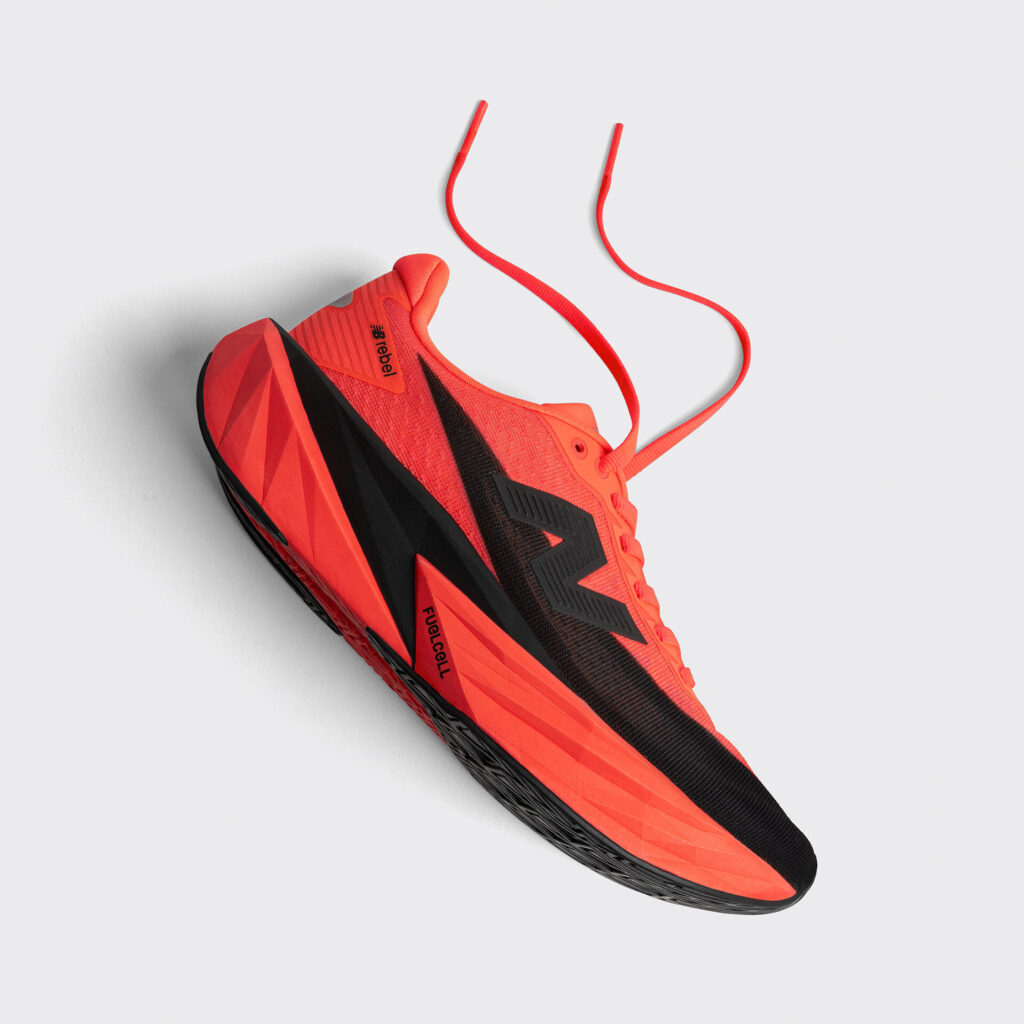
According to Maidie Wood, food safety expert at SAI Global, it’s extremely unlikely to catch COVID-19 via food but rather your biggest worry is social distancing and money handling at the check out.
“COVID-19 is a respiratory virus, which is spread almost exclusively through person-to-person, or person-to-surface-to person contact – as was the case with earlier coronavirus strains, including MERS and SARS viruses. On the other hand, food contamination risks are typically microbial.This means there’s no real evidence, as of yet, that food is a likely source or route of COVID-19 transmission,” she says.
“In saying that, COVID-19 does present some cross-contamination concerns. Since it is a respiratory virus contracted by inhalation or a similar mechanism, such as breathing in infected droplets from another person’s cough, it might be possible that a person can get the COVID-19 by touching food that has had the virus on it and then touching their mouth or nose. Even so, this is not known to be the primary way the virus spreads, and if it were on food, it would be destroyed by heat from cooking.”
Wood is also quick to point out that main difference between COVID-19 and foodborne illnesses, such as Norovirus and Hepatitis A, is that those diseases are contracted via ingestion of the microbe that exists in contaminated foods.
While risks at the supermarket are continuing to be assessed, regardless, it’s important to make sure you practice good hygiene such as washing hands and washing surfaces regularly.
“At all times during the COVID-19 outbreak, members of the public must continue to protect their own health and safety by practising good respiratory hygiene, such as coughing into their elbow, and personal hygiene, such as washing hands regularly and refraining from touching potentially contaminated surfaces. Observing off-peak hours and ‘social distancing’ measures when shopping is also imperative,” she adds.
SAI Global have also shared their top four tips for minimising your risk during a grocery run:
1. Practice social distancing – follow the guidelines set that keeps shoppers far enough apart. If you notice someone displaying symptoms, take extra care to avoid them.
2. If you display cold-like symptoms you should be avoiding any human contact, especially crowded areas. If you find yourself sneezing and you’ve put it down to hayfever, make sure you cover up – whether it’s a mask or gloves – while also taking extra care to cover your mouth and nose. When it doubt, however, stay at home for everyone’s sake.
3. Avoid cash. This is already being put in place by most retailers so you shouldn’t need reminding. Any card – loyalty or credit card – should also be scanned by you rather than passing it to the cashier.
4. If you’ve chosen delivery, there are still some measures you should take. Avoid contact with the driver – this includes signing for anything – if you’re required to, use gloves and wash hands thoroughly after. Don’t get too close to the person dropping off supplies and avoid receiving the goods hand-to-hand.














